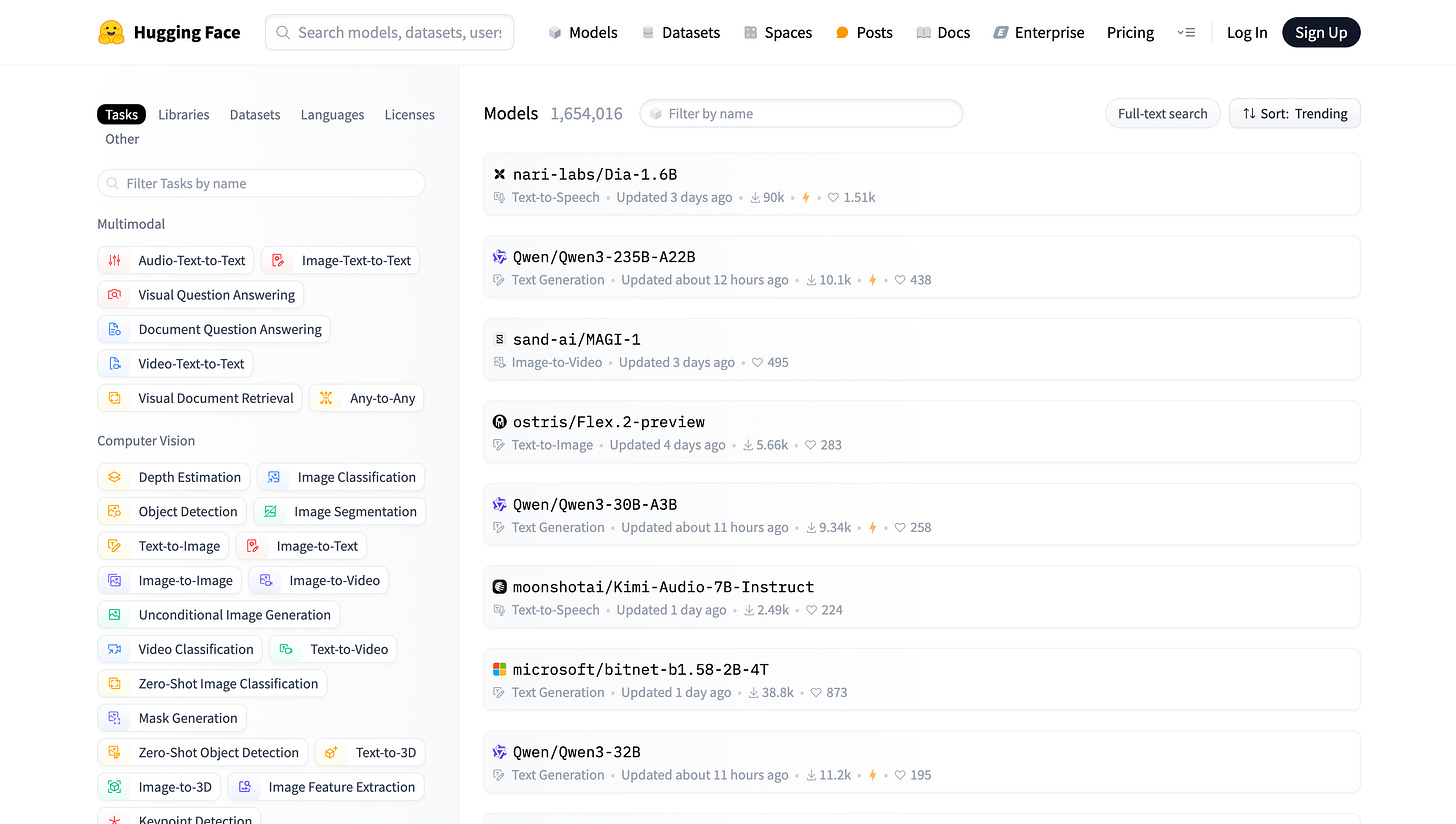The Shape of Technology’s Future: Collective Hands, Shared Vision
Technology’s future isn’t written by algorithms alone — it’s shaped by the hands and voices of those who bravely dare to get involved. Collective wisdom isn’t a luxury; it’s a necessity.
Dear friends,
Think of these pages as an invitation to pool our collective wisdom, welcome plural voices, and turn caring activism into the future we want to live in.
— With care and curiosity,
Dominika
Technology is not a spectacle unfolding behind glass. It is a manuscript we draft together, stroke by stroke, pixel by pixel. Algorithms race ahead, but we still choose who grips the stylus. Will the next chapter be inked by a secluded few, or by a circle broad enough to hold every voice? If we want systems that honour dignity, inspire trust, and outlast passing trends, we must widen the table—especially when that choice slows us down and tests our patience.
1. When Locked Rooms Fracture
Secrecy splinters quickly. Google’s Project Maven stalled when engineers balked at military surveillance. “Neutral” face‑recognition engines crashed into public outrage once scholars exposed racial bias lurking in the pixels.
Meanwhile, projects that fling the doors open stand taller. Hugging Face runs a public lab where thousands audit models in daylight. vTaiwan lets citizens co‑write legislation; policies gain legitimacy because those affected help forge them.




2. The Virtue of Friction
Collaboration is lively, sometimes boisterous. Priorities clash. Personalities collide. Yet that heat tempers steel: blind spots surface early, half‑baked ideas burn away, and what remains is stronger. Structured dialogue channels tension into clarity, aligning products with society’s values as surely as with quarterly targets.
3. Inviting Voices Without Losing Velocity
Inclusion need not drag the timetable. Momentum thrives when engagement syncs with the rhythm teams already keep: lightning design sprints that seat real customers at the sketch table; quarterly advisory circles that surface whispers before they swell; pre‑launch red‑teaming that unleashes outside experts on every corner of the code. Each ritual is purposeful and time‑boxed, broadening perspective without drowning builders in commentary. When scoped with care, collaboration widens vision while the roadmap keeps its stride.
4. Openness With Edges
True engagement coexists with immovable boundaries: trade secrets, privacy law, security duty, and competitive strategy. Leaders must say—plainly—what can be shared, what stays sealed, and why. Candour at the edges transforms potential frustration into mutual respect.
5. Leadership as Custodian
Participation flowers only when executives champion it. They fund the effort, equip the teams, and—crucially—promise that every voice will be weighed in good faith. They distil feedback, resolve collisions, and shield the process from misinformation. Without stewardship, openness becomes pageantry; with it, engagement becomes strategy.
6. Strategic Dividends
Inclusive creation is no charitable sideline. It slashes late‑stage rework, shrinks regulatory landmines, and spots new markets invisible to monocultures. Products co‑authored by their communities inspire loyalty money cannot buy: users turn advocates, regulators turn allies, and talent flocks to companies that listen.
7. Safeguards for an Unruly Century
“There’s no moment when we say, aha, we’ve solved the problem of proliferating technology! Instead, it’s about finding a way through, ensuring sufficient numbers of people are committed to keeping the unending balance between openness and closure” — Mustafa Suleyman
Suleyman’s “lock” frames collaboration as a safety system, not a courtesy. Openness must pair with containment: licensing frontier models, mandating third‑party audits, and aligning incentives with the public good.
8. Bias Never Sleeps
“We should always be suspicious when machine‑learning systems are described as free from bias; our biases are built into that training data.” — Kate Crawford
Diverse teams and transparent datasets are not moral luxuries; they are technical defences against brittle products and reputational collapse.
9. Innovation’s Expanding Geography
Breakthroughs now rise from Nairobi’s AI commons, Montréal’s Indigenous data‑sovereignty labs, and Barcelona’s digital‑democracy pilots. A future worth inhabiting must weave this plurality—technically, culturally, economically—rather than exporting one valley’s worldview to a planet of eight billion.
10. Scaling Engagement for Enterprise Complexity
At the global scale, participation demands architecture, like:
Layered consultation — expert cohorts craft blueprints; wider communities refine them.
Segmented betas — industry‑specific cohorts stress‑test features in real‑world conditions.
Weighted councils — membership balances domain skill, demographic diversity, and customer influence.
These structures turn sprawling stakeholder landscapes into navigable pathways.
Together, or Not at All
“We should all get comfortable with living with contradictions in this era of exponential change and unfurling powers. Assume the worst, plan for it, give it everything. Stick doggedly to the narrow path. Get a world beyond the elites engaged and pushing. If enough people start building that elusive “we”, those glimmers of hope will become raging fires of change.“ — Mustafa Suleyman
Technology forged by the few will serve the few. Technology shaped through deliberate collaboration—open to scrutiny, sharpened by disagreement, guided by shared wisdom—can serve us all. The systems that endure will not be those that dazzle first; they will be those that earn trust through collective creation. The question is no longer whether we will shape tomorrow’s technology, but whether we will shape it together, and whether we have the resolve to design for that choice at every step.
If you enjoyed this post, hit the 🧡, share it with someone exploring AI-powered product building, or leave a comment —I’d love to hear what you’re experimenting with.




